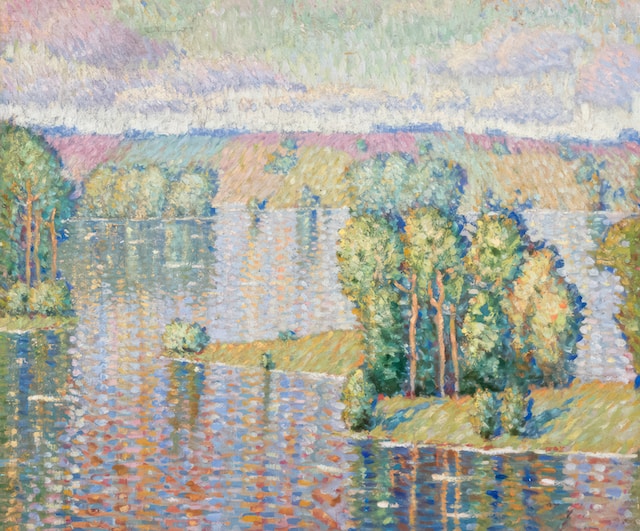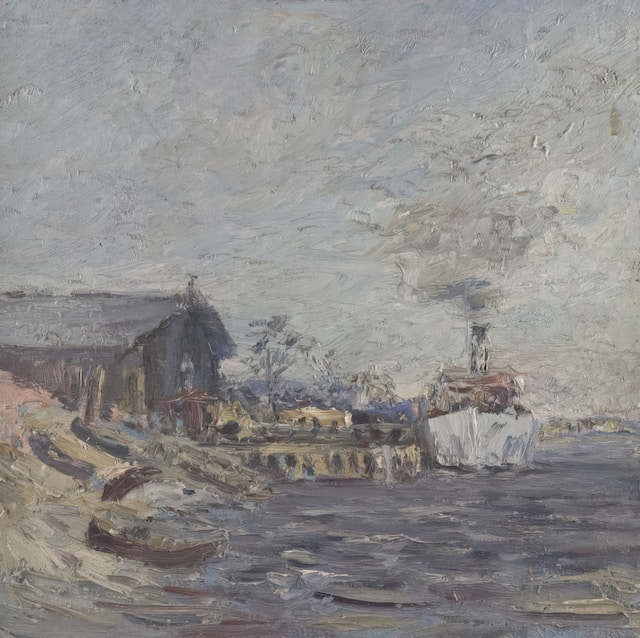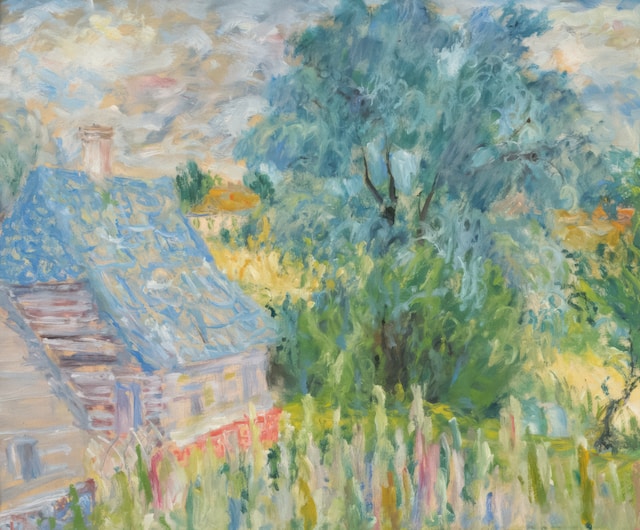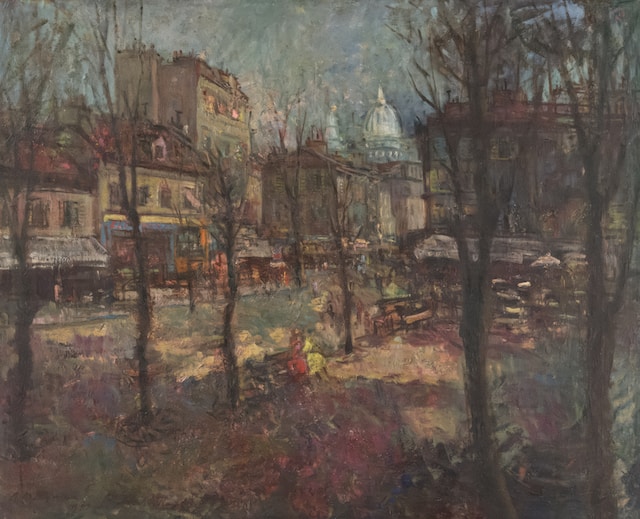The Impressionist art movement was a revolutionary trend that emerged in France at the end of the 19th century and the beginning of the 20th century. It became renowned for its unique style and its breakthroughs in traditional painting rules. Impressionist artists sought to capture the fleeting moments of light and color changes, aiming to depict sensations and impressions, resulting in a series of breathtaking works.

Impressionist artists grew tired of the constraints imposed by traditional painting techniques and sought to break free from the limitations of realism. They began to focus on the changes in light and the effects of color, capturing instantaneous impressions through quick brushstrokes and vibrant hues. This rapid and spontaneous painting style evoked a sense of improvisation and liveliness, allowing viewers to experience the artist’s immediate impressions.

Impressionist artists often painted outdoors, enjoying the observation and depiction of scenes under natural light. They strived to capture the fleeting moments of light and color changes, resulting in artworks characterized by bright colors and strong light and shadow effects. Using small and rapid brushstrokes, they applied paint directly onto the canvas, aiming to capture instantaneous impressions and sensations. This technique created a unique sense of blur and haziness, providing viewers with an impression rather than a concrete representation.

Their works typically revolved around natural landscapes, urban street scenes, and everyday life. Through delicate observation and perception, they transformed the instantaneous impressions from the natural world and human activities into artistic creations. They focused on the changes in light and the effects of color, using color to express emotions and atmosphere. Their works often displayed vibrant colors and variations in light and shadow, evoking a sense of vitality and dynamism.

The Impressionist art movement had a profound impact on the subsequent development of art. It shattered the rules and techniques of traditional painting, providing later artists with a more liberated and open creative space. It emphasized personal subjective experiences and modes of expression, encouraging artists to develop unique styles and visual languages. The artistic style and creative concepts of Impressionism exerted significant influence on modern art, laying the foundation for later art movements such as Cubism, Expressionism, and abstract art.

In conclusion, the Impressionist art movement was a revolution against the traditional rules and techniques of painting. Impressionist artists aimed to depict sensations and impressions, creating a series of awe-inspiring works. Their creative methods and artistic concepts had a profound impact on the subsequent development of art, establishing the basis for the diversity and freedom of expression in modern art.



